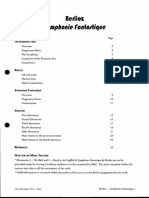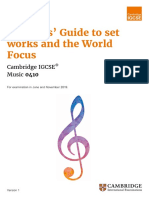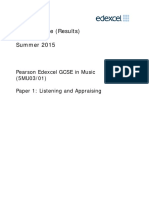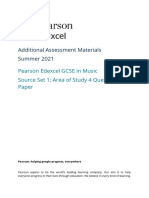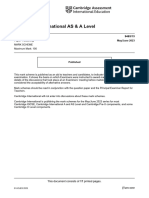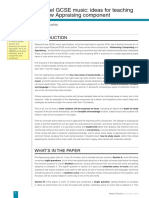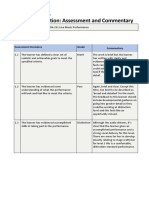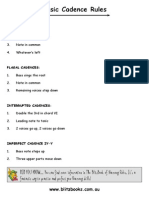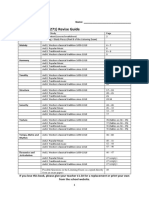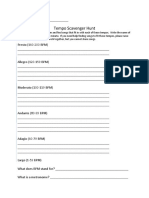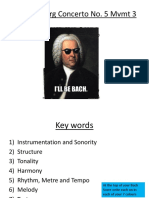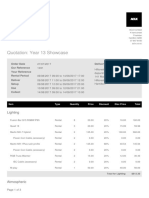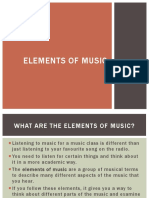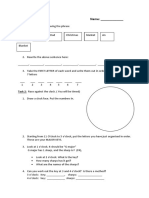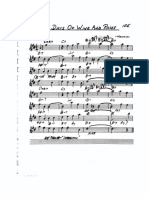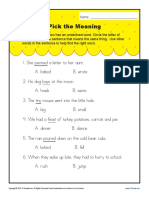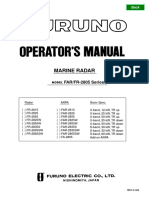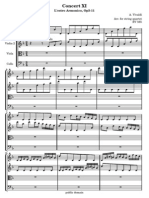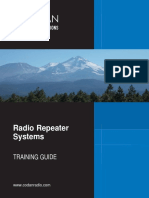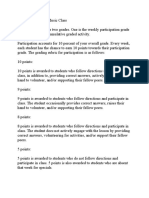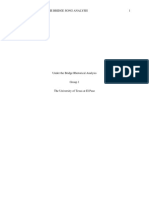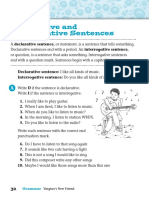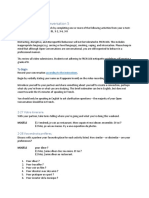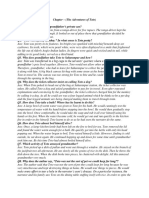0% found this document useful (0 votes)
230 views4 pagesMusic Techniques for Students
This document provides examples of various musical techniques and compositional devices used by composers, along with recommended listening examples. It discusses techniques such as ostinato, ground bass, theme and variation, modulation, imitation, and call and response. Specific composers and works mentioned include Pachelbel, Beethoven, Mozart, Purcell, and Genesis. A variety of musical textures like monophony, polyphony, and homophony are also outlined.
Uploaded by
Daniel ShinCopyright
© © All Rights Reserved
We take content rights seriously. If you suspect this is your content, claim it here.
Available Formats
Download as PDF, TXT or read online on Scribd
0% found this document useful (0 votes)
230 views4 pagesMusic Techniques for Students
This document provides examples of various musical techniques and compositional devices used by composers, along with recommended listening examples. It discusses techniques such as ostinato, ground bass, theme and variation, modulation, imitation, and call and response. Specific composers and works mentioned include Pachelbel, Beethoven, Mozart, Purcell, and Genesis. A variety of musical textures like monophony, polyphony, and homophony are also outlined.
Uploaded by
Daniel ShinCopyright
© © All Rights Reserved
We take content rights seriously. If you suspect this is your content, claim it here.
Available Formats
Download as PDF, TXT or read online on Scribd
/ 4

